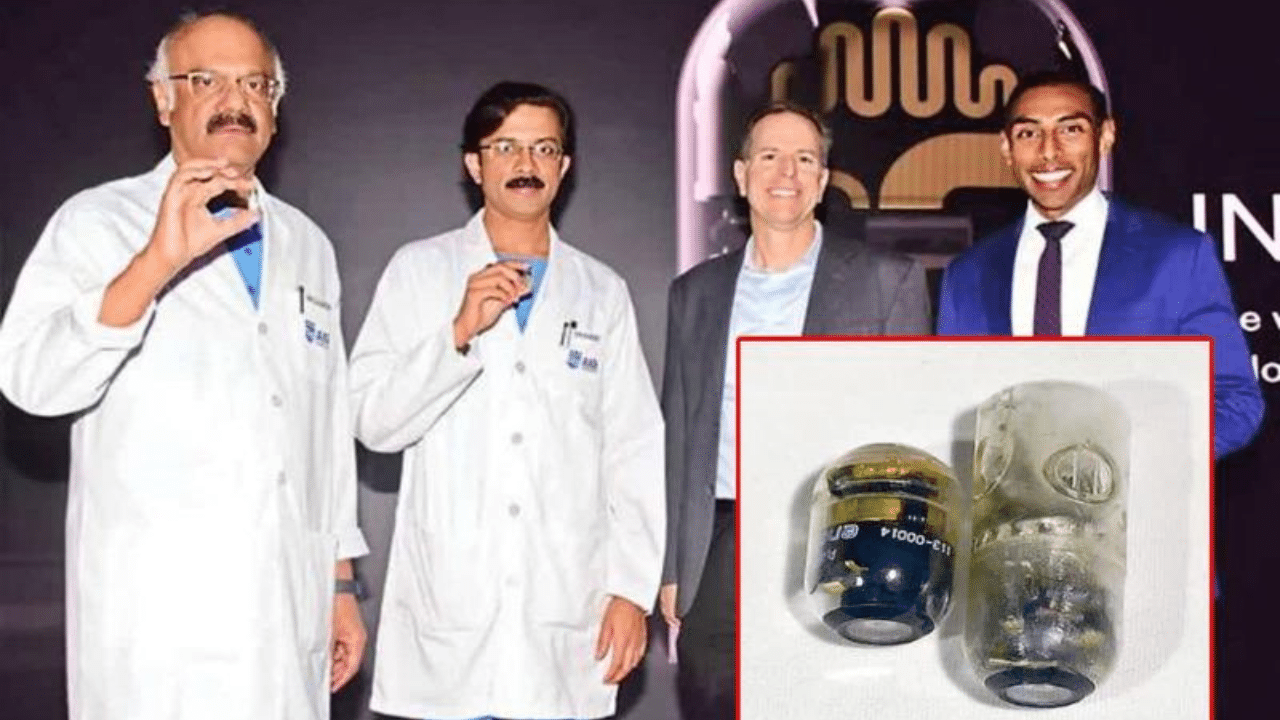Goodbye Pain, Hello Pillbot: India Debuts Painless Endoscopy!

In a groundbreaking development for the medical field, India has introduced a revolutionary new method for endoscopy—Pillbot. Unveiled at AIG Hospital in Hyderabad, this advanced technology promises to make traditional endoscopic procedures painless, quick, and more comfortable for patients.
What is Pillbot?
Pillbot is a state-of-the-art, disposable pill-shaped device that provides a completely non-invasive method for performing endoscopy. Unlike traditional endoscopy, which requires an invasive tube inserted into the body, Pillbot is ingested by the patient like a pill and automatically travels through the digestive system, capturing high-resolution images of internal organs.
Key Features of Pillbot
- Non-invasive and Painless: The pill-shaped device eliminates the need for traditional endoscopic tubes, reducing discomfort and pain for patients. With Pillbot, the entire process is pain-free and far more comfortable.
- Easy to Use: After fasting overnight, patients are asked to swallow the Pillbot, which travels naturally through the digestive tract. The procedure is complete within 10 minutes, providing patients with a much quicker and less invasive experience.
- Safety and Convenience: One of the standout features of Pillbot is its safety. The device is designed to naturally pass through the body within 24 to 48 hours without any need for a special extraction process. This eliminates the risks and discomforts often associated with traditional endoscopic methods.
The Future of Endoscopy in India
The introduction of Pillbot in India marks a significant milestone in medical technology, particularly in the field of diagnostics. This innovative device is a game-changer for patients who previously dreaded the pain and invasiveness of traditional endoscopy. With Pillbot, India joins a growing list of countries offering advanced, pain-free medical solutions to patients.
This new development not only provides patients with a more comfortable alternative but also offers healthcare providers an efficient and cost-effective way to perform critical diagnostic procedures.






No Responses